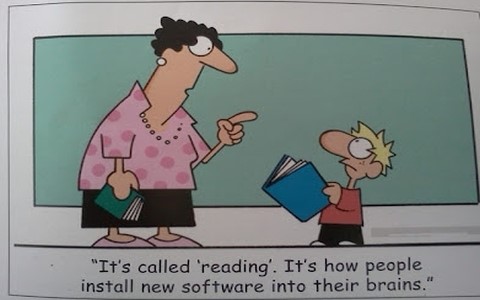With the Evolution of IoT...
Any new technology involves a certain amount of uncertainty and business risk. In the case of the Internet of Things, however, many of the risks have been exaggerated or misrepresented. While the IoT vision will take years to mature fully, the building blocks to begin this process are already in place. Key hardware and software are either available today or under development; stakeholders need to address security and privacy concerns, and collaborate to implement the open standards that will make the IoT safe, secure, reliable and interoperable, and allow the delivery of secured services as seamlessly as possible
Internet of Things has a great potential to enable improvements in so many facets of life; the list is endless. However, for it to create a positive impact on us, we need to focus more on the facts.
There is also the question of immediacy with IoT. Data is generated so quickly and has such a short shelf-life, storage becomes a problem. IoT is dependent on fast data and immediate insight, and connecting a wide range of devices can make real-time processing and analysis that much harder.
Myth #1: IoT is a Future Technology
The Internet of Things is simply the logical next step in an evolutionary process. The truth is that the technological building blocks of the IoT - including microcontrollers, microprocessors, environmental and other types of sensors, and short range and long range networking communications - are in wide-spread use today, for many decades now. They have become far more powerful, even as they get smaller and less expensive to produce.
The Internet of Things, as we define it, while evolving the existing technologies further, simply adds one additional capability - a secured service infrastructure - to this technology mix. Such a service infrastructure will support the communication and remote control capabilities that enable a wide variety of Internet-enabled devices to work together.
Myth #2: IoT is just about Big Data
This one is my favorite; mostly floated by the IT sector, this is another great myth about IoT; and it is not the fact. Big Data is an idea that useful information can be derived or extracted from a large set of data. With the advent of IoT term, everyone has started to stick it to smart and connected things. In some cases, data being aggregated may be sourced from IoT devices, but that is not a requirement or typical for the majority of IoT devices. Many devices are often paired with an application on user smartphones. Quite often, the data generated by IoT devices do not even touch levels of big-data limits. Just because massive data can be created with the least efforts does not mean that it will be indeed generated. That is an inefficient and less responsible approach.
This is evident by new terms that are coming up like fog computing and roof computing et al. Each of those terms is merely marketing gimmicks to generate some attention; core utility is getting buried ten feet under due to this naming game. Moreover, this is just another view from cloud services & IT infrastructure providers, which is limiting their ability to see through the whole solution.
From the customer's point of view, only the end-to-end application is sensible and useful, big (or small) data doesn't matter to them at all.















